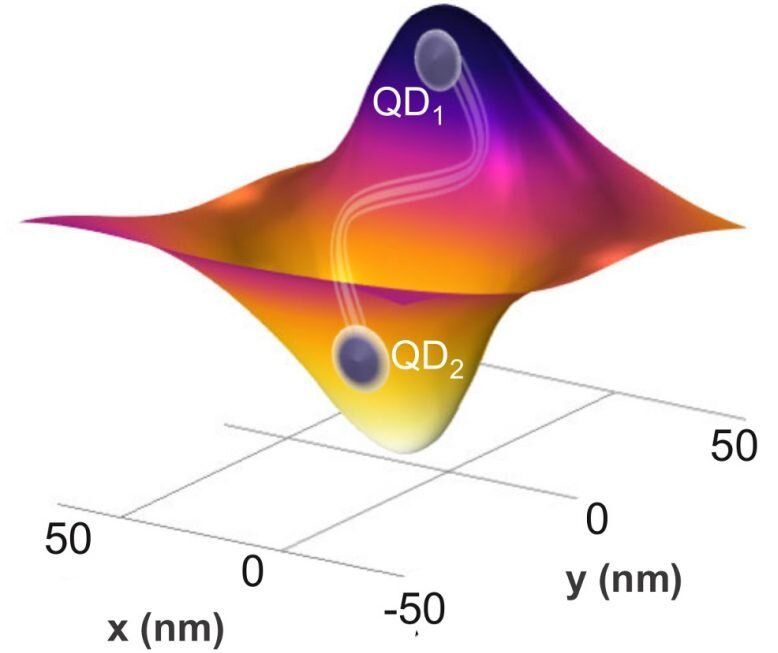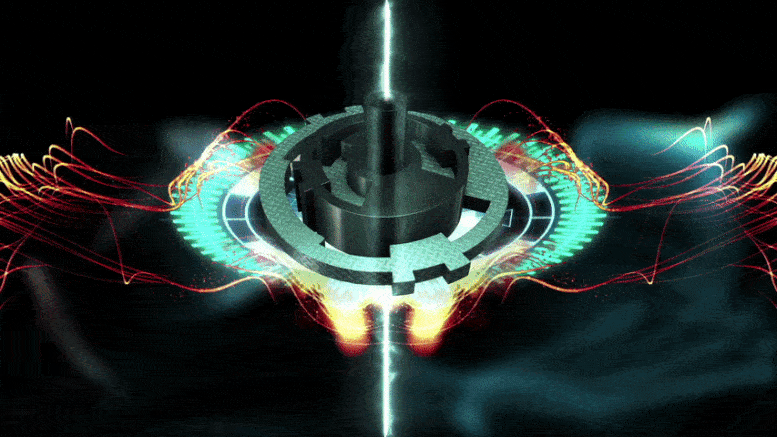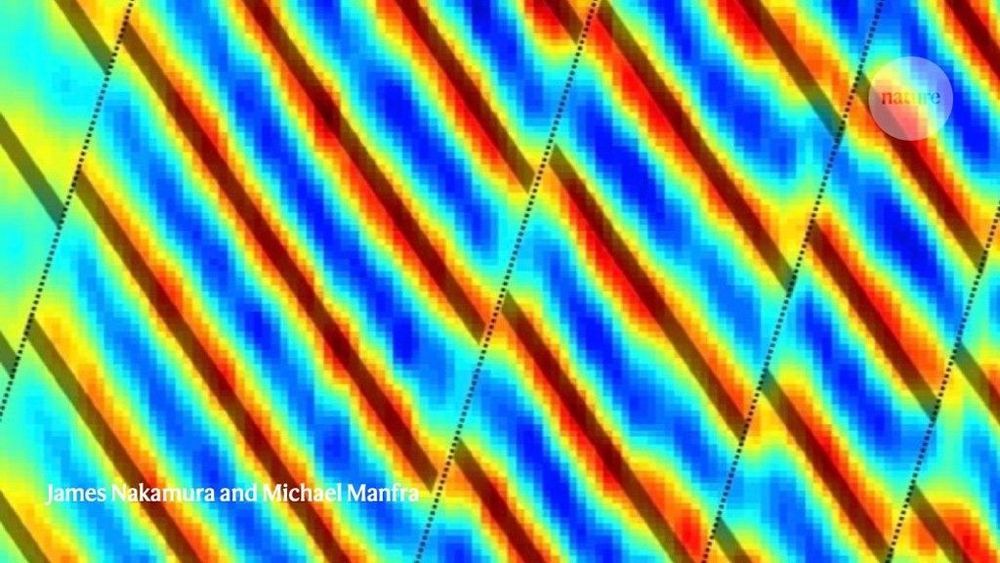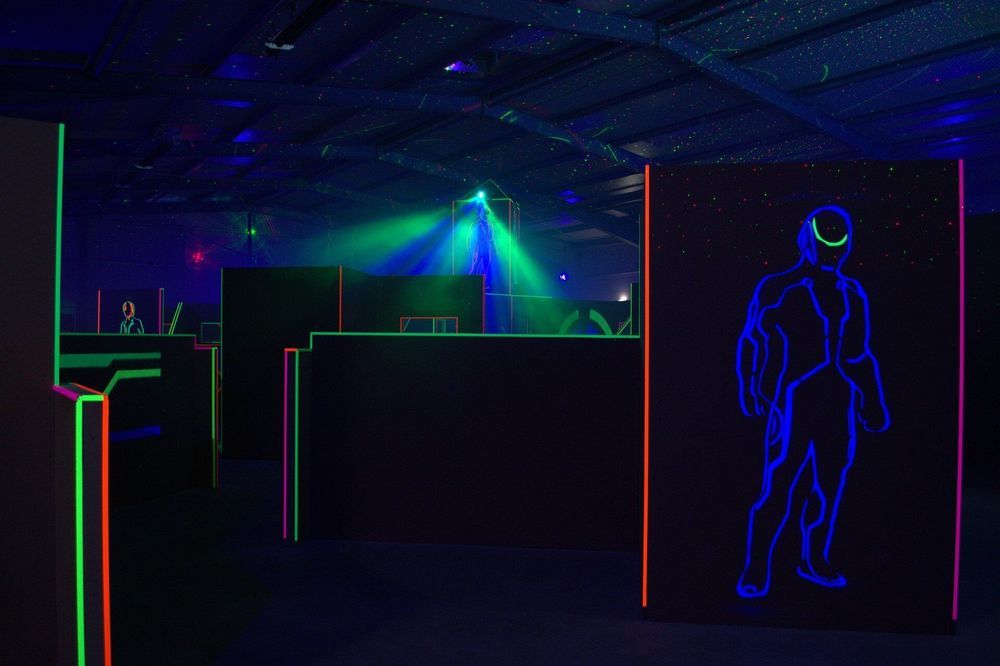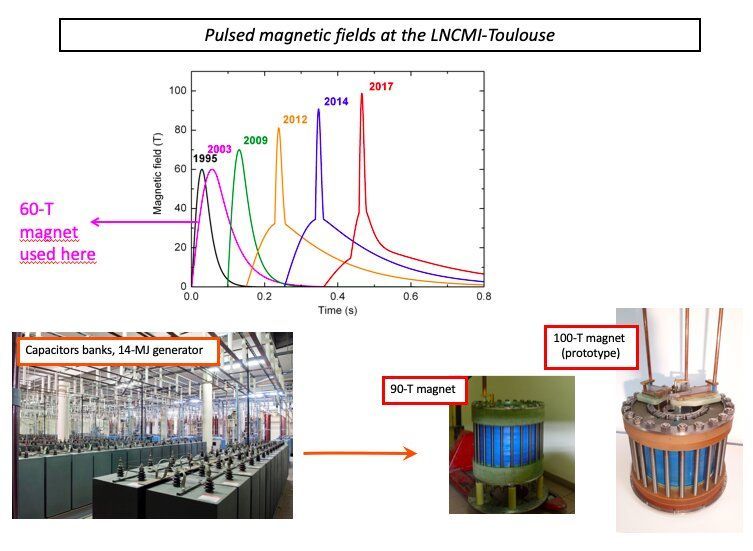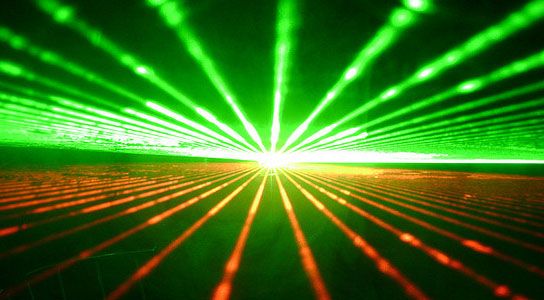Jul 7, 2020
Team obtained high-level control of spin qubit lifetime based on silicon quantum dots
Posted by Quinn Sena in categories: computing, quantum physics
By tuning the direction of the external magnetic field with respect to the crystallographic axis of the silicon wafer, an improvement of spin lifetime (relaxation time) by over two orders of magnitude was reported in silicon quantum dots. This breakthrough was carried out by a team led by academician Guo Guangcan from CAS Key Laboratory of Quantum Information, USTC, in which Prof. Guo Guoping, Prof. Li Hai-Ou with their colleagues and Origin Quantum Computing Company Limited. This work was published in Physical Review Letters on June 23, 2020.
Spin qubits based on silicon quantum dots have been a core issue in the development of large scale quantum computation due to its long coherence time and the compatibility with modern semiconductor technology. Recently, the relaxation time and dephasing time of spin qubits developed in Si MOS (Metal-Oxide-Semiconductor) and Si/SiGe heterostructure have surpassed hundreds of milliseconds and hundreds of microseconds, respectively, resulting in a single-qubit control fidelity over 99.9% and a two-qubit gate fidelity over 98%. With the success in college, labs and companies from the industry are starting to be involved in this field, such as Intel, CEA-Leti, and IMEC. However, the existence of valley states (a state associated with the dip in a particular electronic band) in silicon quantum dots could reduce spin relaxation time and dephasing time seriously via spin-valley mixing and limit the control fidelity of qubits.
